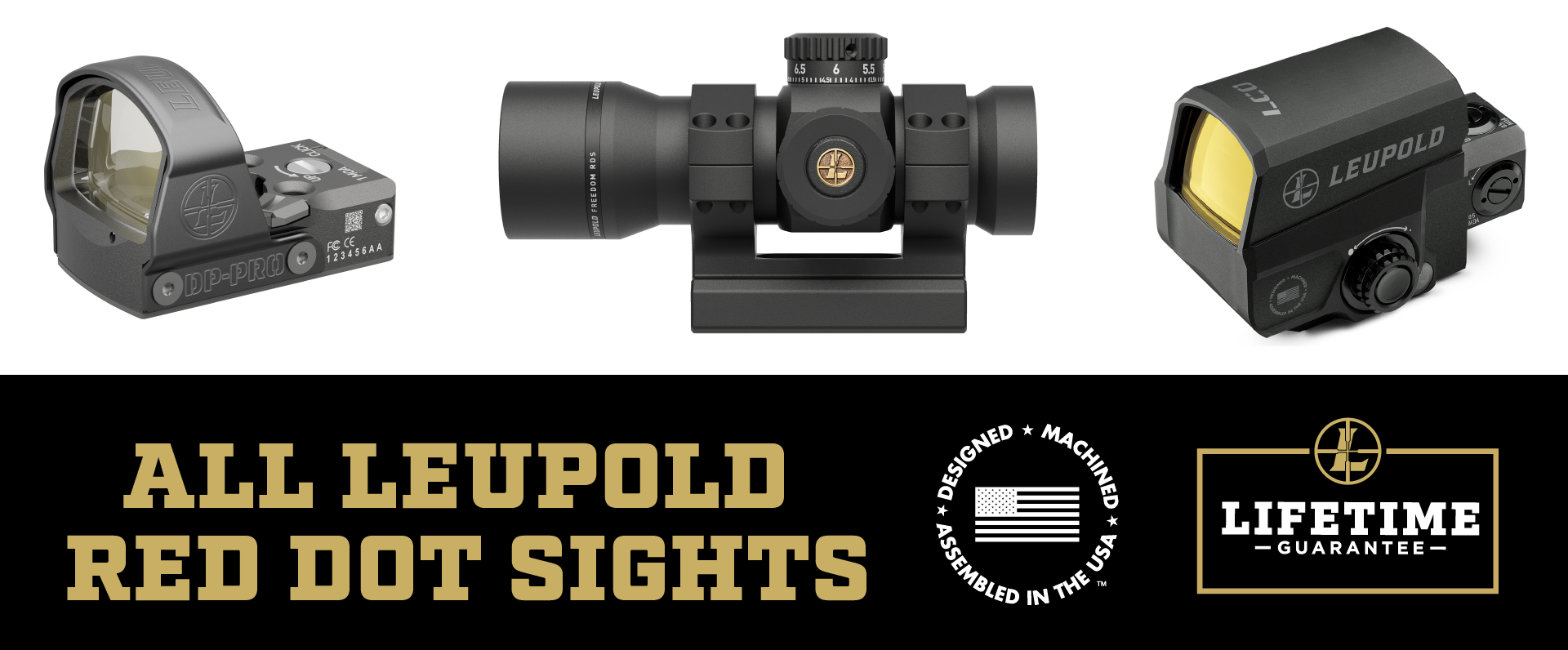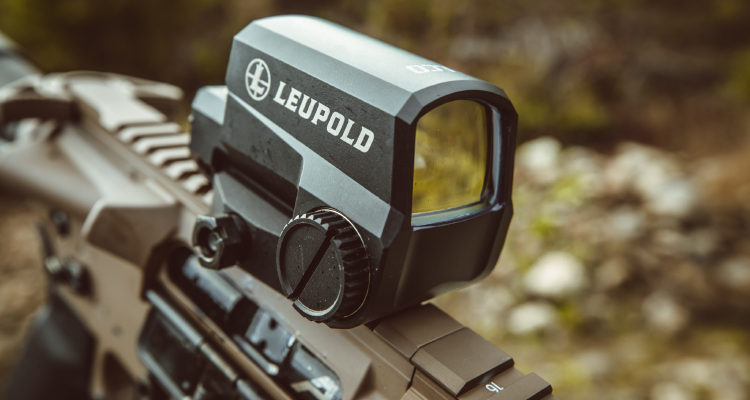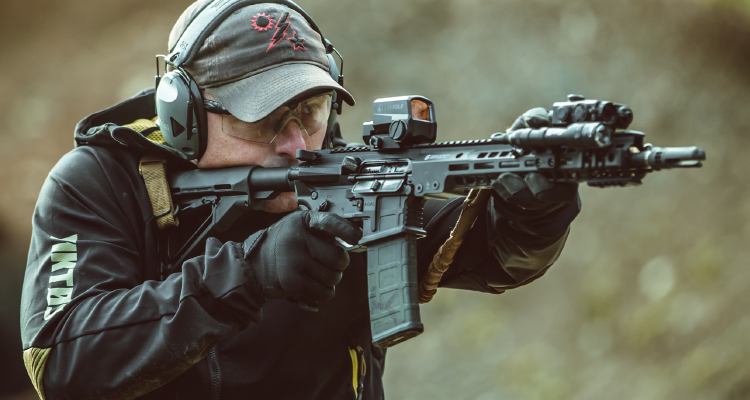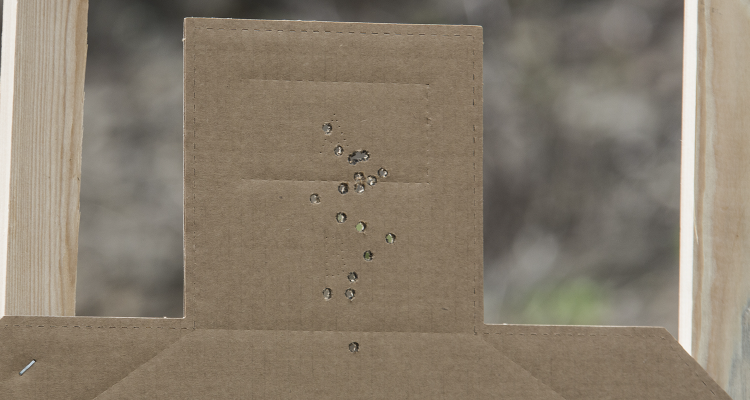You just got a brand new AR or pistol, picked out the red dot you've been eyeing, and now are ready to hit the range. But how do you go about getting everything setup properly? We called in a heavy hitter in the Close Quarters Battle (CQB) training world to dish out some some tips.
Garett Schwindel served in the elite 2nd Ranger Battalion, 75th Ranger Regiment and has 14 deployments under his belt. While serving, he also acted as a U.S. State Department Lead Firearms Instructor. This means he didn’t just use the gear, he instructed thousands upon thousands of US military members, private contractors, and foreign military and police on how to use it, as well. Here’s three things you need to know to get up and running.











